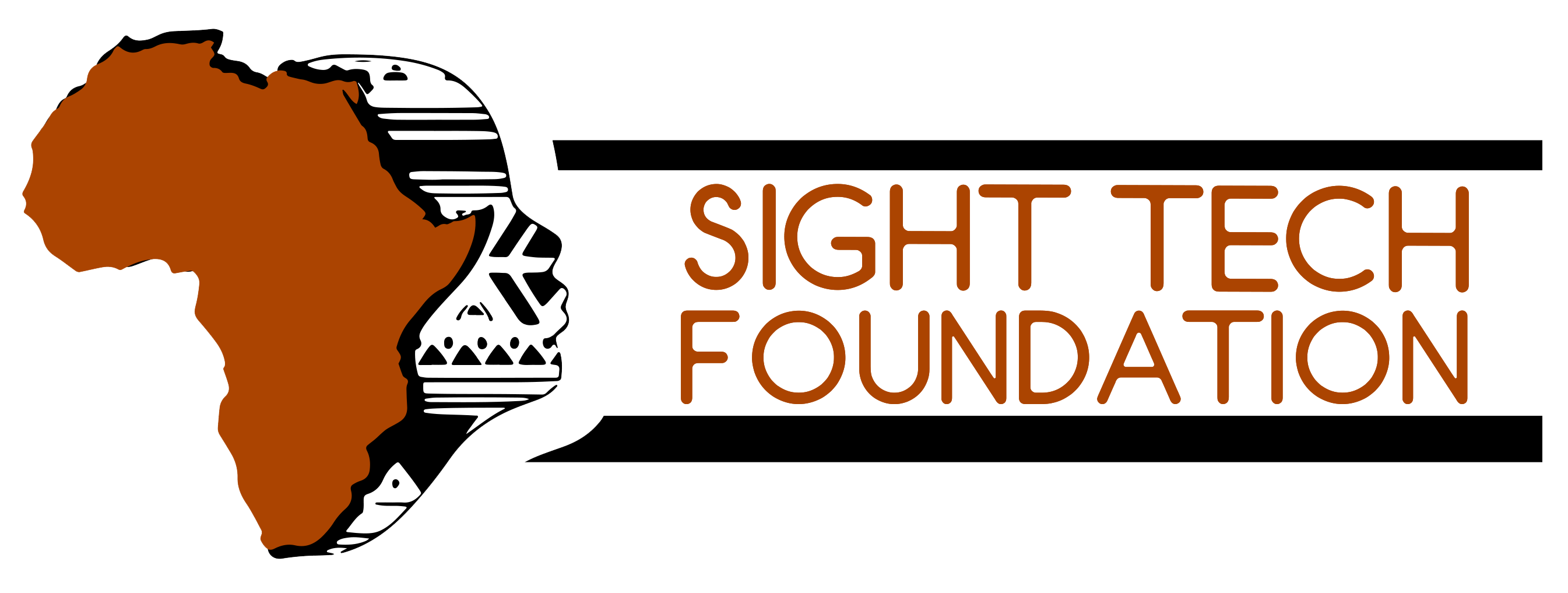In Great Britain, one in six people in the general population experiences depression. Still, some groups within the Black and Asian Minority Ethnic (BAME), compared to the White British, are expected to have higher mental illness rates. Symptoms of depression can broadly be categorised as low mood, decreased social interactions and poor functioning2. In addition, cultural beliefs influence how individuals experience symptoms and how it manifests through emotions, thoughts, and behaviours. Therefore, it is ever more pertinent to consider different cultural perceptions of depression. For example, Black and Africans could view symptoms as having less severe consequences, whereas Muslims from South Asia may link depression to spiritual weakness3-4. Another essential factor to consider is gender disparity. Society deems males self-reliant to cope with difficult circumstances, including psychological distress. The generational gap further compounds this, i.e., older adults believe psychotherapy is futile. All these misconceptions contribute to a lack of help-seeking behaviour resulting in underutilised primary healthcare services.
Improving Access to Psychological Therapy (IAPT) is part of the NHS England services that provide short-term talking therapy. The evidence-based treatment, such as cognitive behavioural therapy, can relieve common mental health disorders such as depression, anxiety and PTSD2. People over the age of 16 years can self-refer, or the GP can send a referral. However, the Health Inequalities Research Group found that the BAME community face several barriers to accessing IAPT through self-referral compared to their White British counterparts5. Instead, referral pathways are often via community services such as public employment agencies, educational provision, and criminal justice.
Furthermore, patients may describe pain, headaches, and difficulty breathing during GP consultation rather than emotional presentation6. Thus, it is difficult for the doctor to detect psychological distress in ethnic minority groups. In those incidences where the doctor recognises mental health problems and guides the patient to self-refer via IAPT could lead to feeling dismissed or un-prioritised.
A social network is a catalyst to the extent a person engages with mental health services6. For example, people of South Asian ethnic origin might struggle to confide with family and friends about the diagnosis. Stigma causes fear that the family’s status may affect financial opportunity and community interaction. As for Black and African Caribbean, mistrust of the healthcare system could derive from overrepresentation in specialist services. This group are four times more likely to be detained under the Mental Health Act compared to White British, Chinese and Indian.
The Health Inequalities Research Group reports that barriers continue during the assessment and treatment at IAPT. For example, primary health clinicians may perceive referral via community service as an unwillingness to take ownership of health or a sign that unmet needs have been unmet. As such, the individual might be more likely to be referred to other services prolonging treatment, thereby intensifying symptoms. In addition, the psychometric scale uses a western understanding of depression, which loses meaning once translated into other languages. If a person requires translation during talking therapy, they can request interpreters. However, it is essential to remember that depending on availability and delays could prolong the treatment course.


